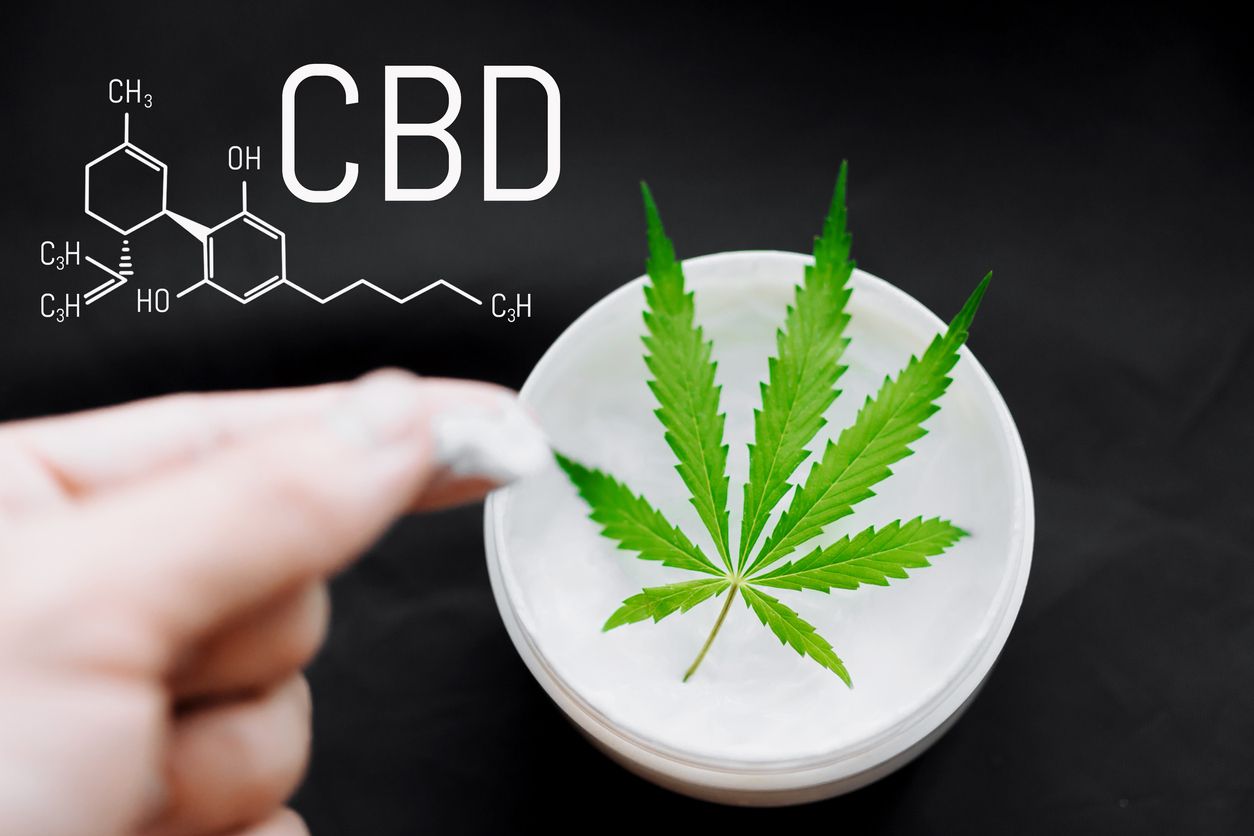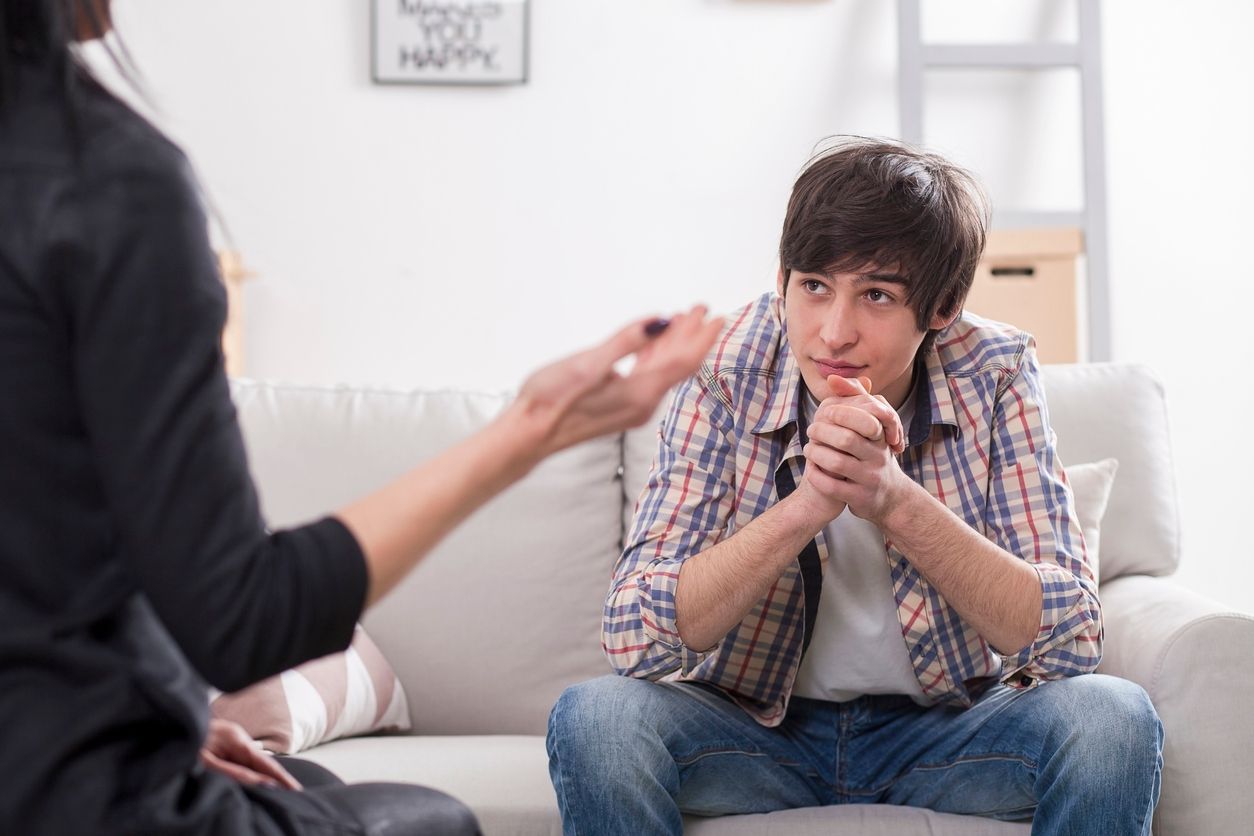How to use CBD products safely on children

Now that everyone is hopping on board with the latest CBD fad, a lot of people are wondering how can some of these products be used to help kids, and the truth is that many of them work, but not all of them are suitable for every child. Right now, in Canada, it is legal to sell or give a minor CBD product, because regulated options are not allowed to contain a harmful amount of the cannabinoid, but that doesn’t necessarily mean that your son or daughter should be using it in the same way that you do.
Why would anyone want to use CBD oil on a child?
There is plenty of scientific research that indicates how well CBD can work for kids who are struggling across a variety of different situations. Some benefit from the anxiety-relieving benefits of the cannabinoids, many have seen a significant increase in the quality of their lives thanks to a reduction in seizures or relief of conditions associated with pain that are caused by neurological damage.
The trouble is that we don’t know enough about it to even begin with formulating a so-called ideal dose for kids. We also have no idea what sort of long term side effects regular doses of CBD can have on a child, and while it seems relatively safe to use in nearly every trial, we just have no way to know for sure without further research.
This doesn’t mean that you shouldn’t consider the potential for the best CBD oil working to reduce a child's symptoms. However, it is incredibly important to pay attention to things like the safest possible methods of use, and many of them might not quite be what you think. It is also essential that any ingested CBD oil treatments are carefully monitored by a medical professional.
Methods of use
Adults use CBD in a variety of ways. Sometimes they’ll use THC plus CBD oil by mouth for a potent boost of cannabinoids, and a whole lot of them smoke it, but these might not be the ideal means of delivery for a child. That is why it is so important to see what it is out there, and how can be utilized in ways that may seem slightly less traditional than those that are used by the adult word.
Inhalation
This method of CBD use is one of the most common, as consumers puff away on hemp flowers through a joint, bong, or vaporizer to get the dose of cannabinoid that they need. Though adults may rave about the results from this consumption choice, it should never be a suitable or provided option for kids.
Oral
Oral use of CBD is a whole other ball game, and there are current experts that sit on both sides of the argument. Some say that CBD capsules or CBD oil via dropper can be very beneficial in some situations for kids, and this is the method that most scientists use for their clinical research, but there are some potential side effects for parents to be concerned about if they choose this path.
Topical
Topical CBD products are the safest and highest approved right now for use on children, and that is because the majority of the cannabinoids inside of CBD creams and ointments are not absorbed into the bloodstream through the skin. This means that even if you were to cover your child in CBD cream their body would only utilize a small portion of the cannabinoid, delivering what equates to microdoses which come with a much lower risk for side effects.
What’s safe and what isn’t
When it comes to CBD products, the overall consensus is that they are relatively safe, but so far, we have uncovered at least a few less than desirable side effects that can go along with some methods of use, and it is so important that you recognize the signs long before starting a treatment using CBD products of any kind.
Inhaling CBD products increases the risk of conditions like lung inflammation, so they are rarely considered for kids unless an individual happens to live in a region with CBD inhalers. Eating CBD through CBD capsules, edibles, or pure oil can lead to things like an upset stomach, problems with sleeping, diarrhea, and even headaches.
Topical products are the only ones that come with a bare minimum list of potential side effects, and they tend to be caused by added ingredients. One example of this is with CBD cream, where a perfume or essential oil may irritate their skin, even if everyone else in the household lacks sensitivity to this ingredient. Minor skin rashes are generally the extent of side effects with topicals which makes them the safest to use on kids.
A physician's opinion should always be sought when…
We know that you want the absolute best for your child, and in some cases, that might mean experimenting with CBD products, but there are times when it is necessary to visit your family doctor before, during or after treatment.
- A rash or other skin irritation appears
It really doesn’t matter what supplement, medicine, or food item we’re talking about, if a rash shows up that seems to be directed to the CBD treatment, cease using the CBD products immediately and consult your family practitioner for further instruction or recommendations.
- An oral treatment is being considered
Though CBD certainly does seem like a safe all-natural treatment option, if you would like to administer doses of this powerful cannabinoid, it is important to see a doctor first, as they can interfere with current medications, and because medical treatments of any kind are always safer with the supervision of a doctor.
- Before using any CBD products
Even if you are starting small with topical treatments, it doesn’t hurt to get some advice and instruction from your family doctor. This way, they can guide you through the process of knowing what to look out for, and monitor your child's progress along the way which is great for both the patient and science.


